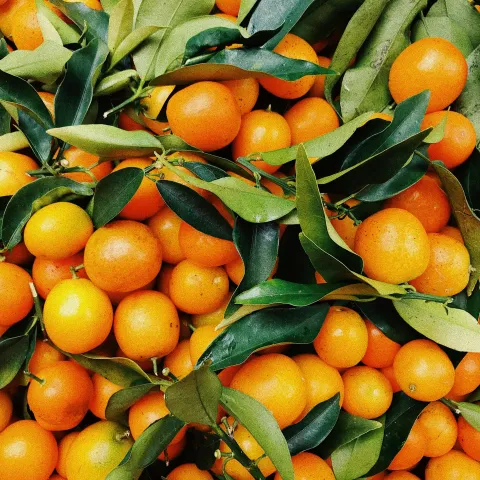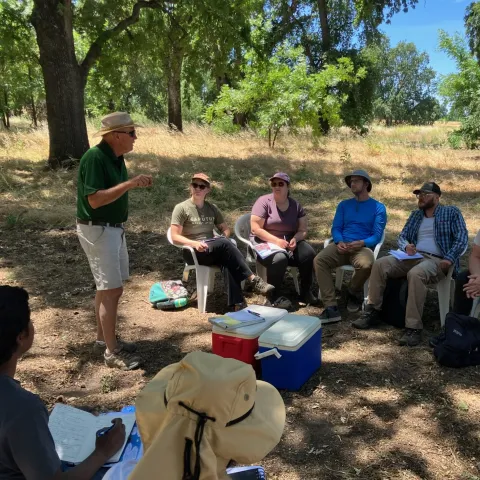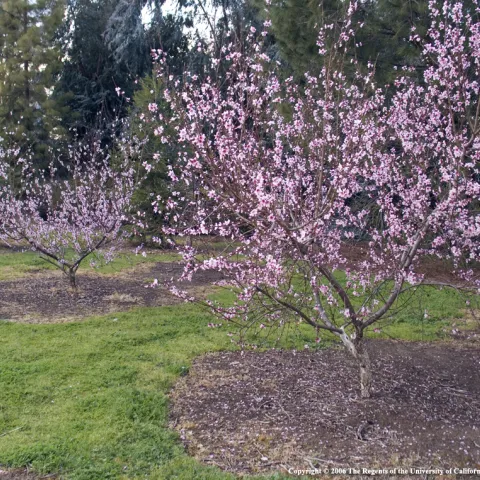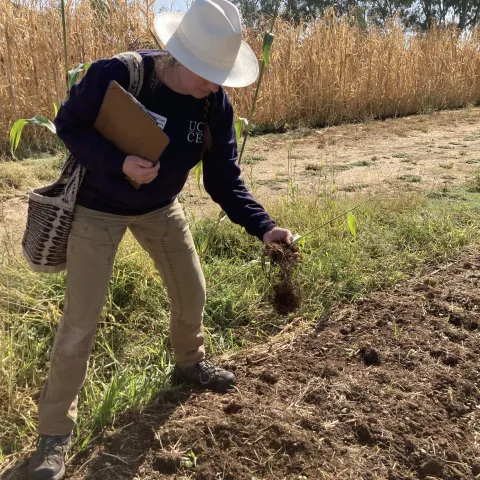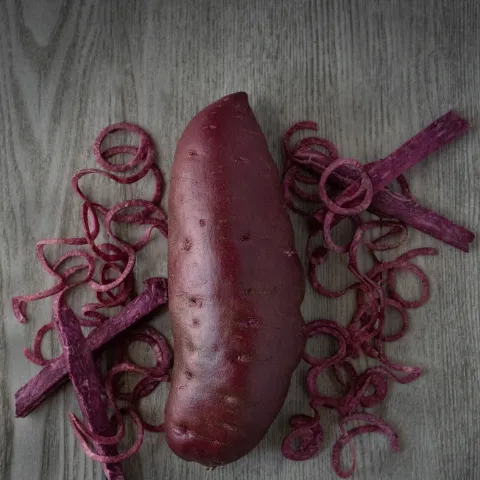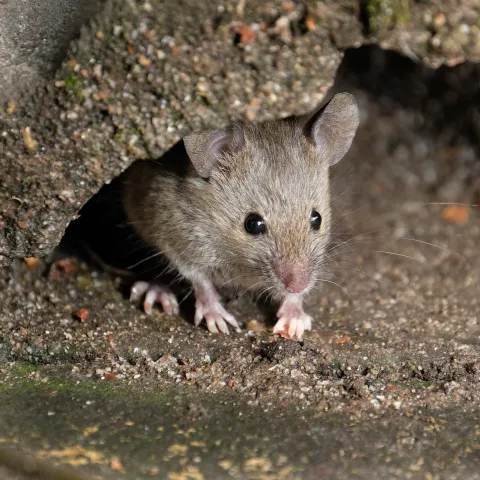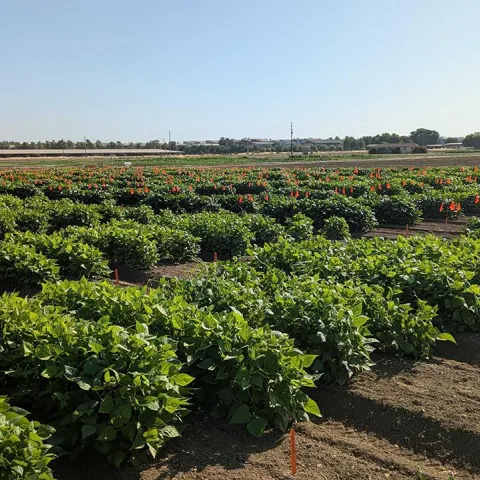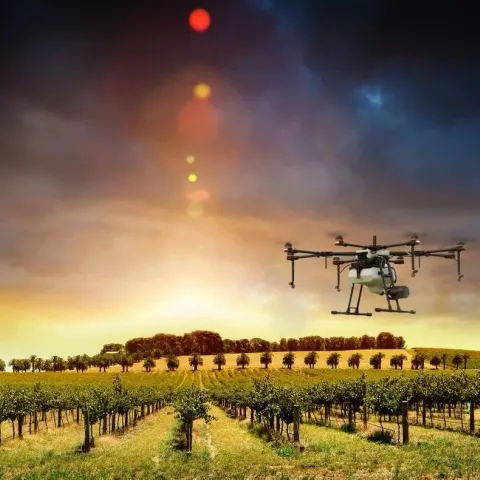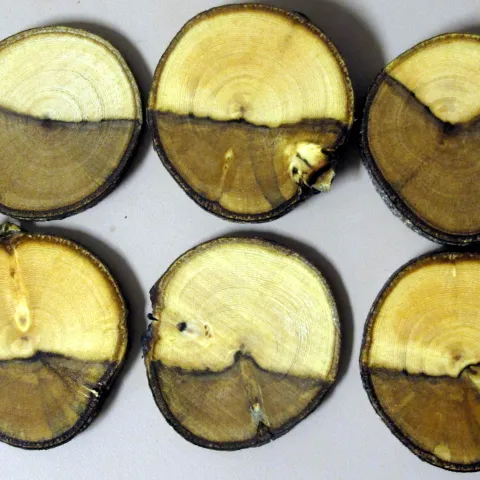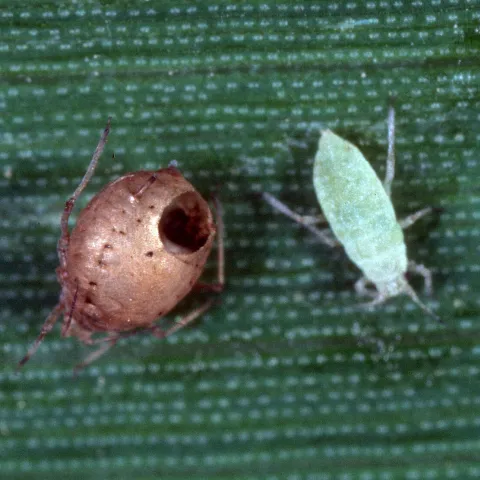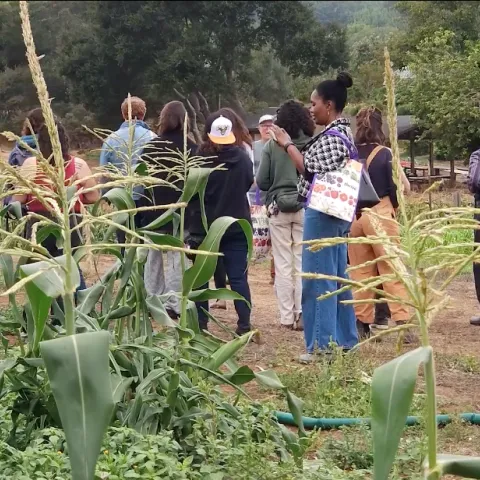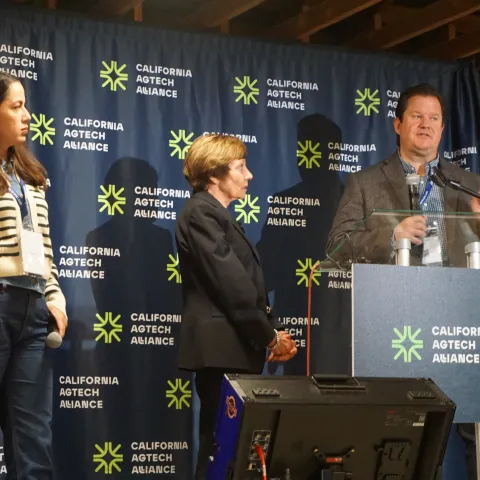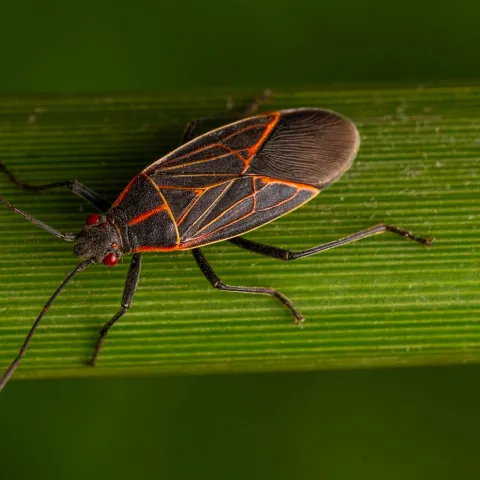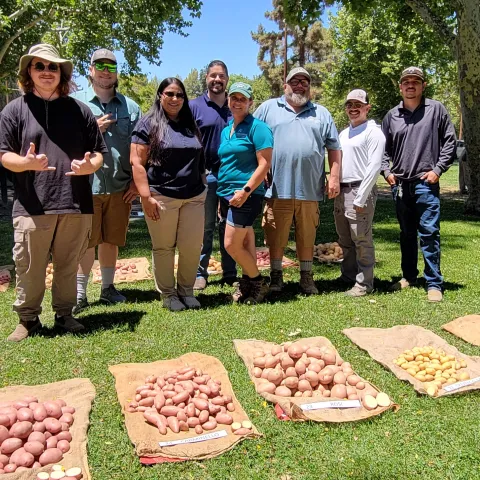Don’t land on naughty list of holiday food wasters
December 22, 2025
By Pamela S Kan-Rice
Beef cattle and dairy producers wary as flesh-eating parasite comes closer to U.S.
December 22, 2025
By Michael Hsu
New webinar series by CAFF and UC aids farmers transitioning to organic
December 9, 2025
By Michael Hsu
New edition of UC ANR’s ‘The Home Orchard’ offers advice on growing tree fruit, nuts
December 3, 2025
By Pamela S Kan-Rice
UCCE offers webinar on managing nitrogen in organic annual crops Dec. 9
November 24, 2025
By Phillip T Fujiyoshi
UC Dry Bean Field Day gives updates on new-variety research
November 17, 2025
By Trina Kleist
Public invited for up-close look at future of citrus ag tech
November 12, 2025
By Hanif R Houston, Michael Hsu
Farmers strive for sustainability, inclusiveness at California Earthworkers Summit
October 27, 2025
By Pamela S Kan-Rice
California AgTech Alliance launches to help farmers stay competitive
October 23, 2025
By Hanif R Houston
New Cooperative Extension area director amplifies ‘wealth of knowledge’
October 20, 2025
By Michael Hsu
UC SAREP announces new associate directors to support program growth and integration
October 14, 2025
By Kristen Farrar





